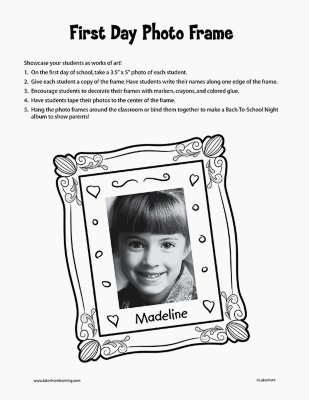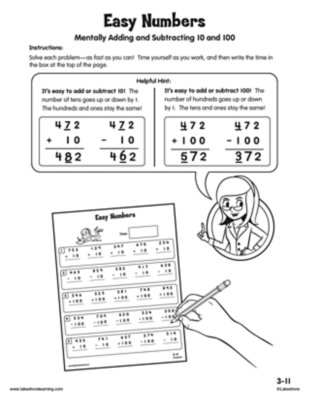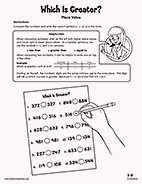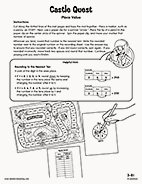Narrow by Grade
- Infant (0)
- Toddler (1)
- Preschool (1)
- Pre-K (1)
- Kindergarten (1)
- 1st (1)
- 2nd (1)
- 3rd (7)
- 4th (0)
- 5th (0)
- 6th & Up (0)
Grade
Narrow by Age
- 0-18m (0)
- 18-36m (1)
- 3 yrs. (1)
- 4 yrs. (1)
- 5 yrs. (9)
- 6 yrs. (15)
- 7 yrs. (11)
- 8 yrs. (7)
- 9 yrs. (4)
- 10 yrs. (2)
- 11 yrs. & Up (0)
Age 8 yrs.
7 results for "ten frame"
During third grade, your child will learn to use his or her understanding of place value to round whole numbers to the nearest 10 or 100.
View worksheetWhen entering third grade, your child should be able to mentally add 10 or 100 to any given number from 100 to 900 without having to write down the problems and work them out. For example, 156 + 10 = 166 and 234 + 100 = 334.
View worksheetWhen entering third grade, your child should understand that the three digits in a three-digit number represent hundreds, tens and ones. Your child should also be able to write three-digit numbers in expanded form, such as writing 726 as 700 + 20 + 6. Your child should also be able to compare two 3-digit numbers using the greater than (>), less than (<) and equal to (=) symbols.
View worksheetWhen entering third grade, your child should be able to mentally add 10 or 100 to any given number from 100 to 900 without having to write down the problems and work them out. For example, 156 + 10 = 166 and 234 + 100 = 334.
View worksheetWhen entering third grade, your child should understand that the three digits in a three-digit number represent hundreds, tens and ones. Your child should also be able to write three-digit numbers in expanded form, such as writing 726 as 700 + 20 + 6. Your child should also be able to compare two 3-digit numbers using the greater than (>), less than (<) and equal to (=) symbols.
View worksheetDuring third grade, your child will learn to use his or her understanding of place value to round whole numbers to the nearest 10 or 100.
View worksheet





